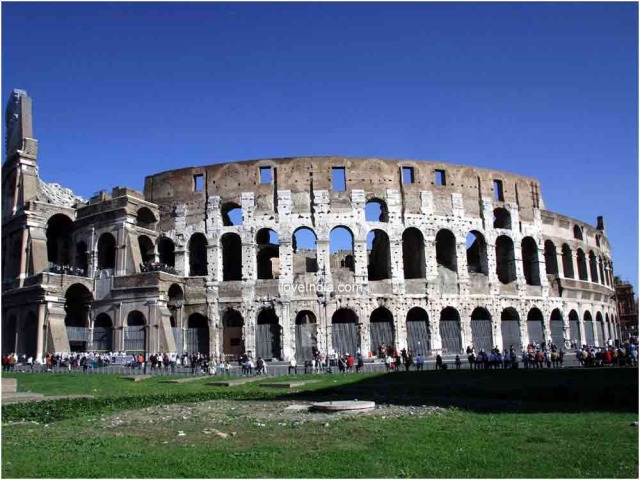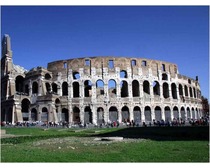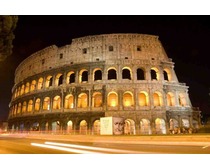The Colosseum is one of the most noteworthy landmarks of the city of Rome. Let us know some interesting & fun facts about the Colosseum, also known as Roman Coliseum.
Colosseum Facts
Colosseum is an oval-shaped amphitheatre situated in the heart of Rome. One of the most identifiable landmarks of Rome, the amphitheatre was originally known as the Flavian Amphitheatre and boasted of being the largest amphitheatre ever built in the Roman Empire. One of the greatest examples of Roman architecture and engineering, Colosseum had its foundation laid between 70 and 72 AD, under the emperor Vespasian. The construction work on the amphitheater was completed in the 80 AD, under Titus. Thereafter, further renovations were carried on it, during the reign of Domitian (81–96). Read further to explore more interesting and fun facts about Roman Coliseum.

Interesting & Fun Facts about Roman Coliseum
- At the time of its construction, the Colosseum had the capacity of seating around 50,000 spectators.
- Initially, the amphitheater was used for holding gladiatorial contests and public spectacles, such as mock sea battles, animal hunts, executions, re-enactments of famous battles and dramas based on Classical mythology.
- Roman Coliseum remained in use for nearly 500 years. The last recorded games were held in it in the 6th century.
- It was in the medieval era that the amphitheater ceased to be used for entertainment purposes. Thereafter, it was used for housing, workshops, quarters for a religious order, a fortress, a quarry, and a Christian shrine.
- The games played in the Colosseum are believed to have taken the lives of about 500,000 people and over a million wild animals.
- Though ruined by earthquakes and stone-robbers, the amphitheater serves as an iconic symbol of Imperial Rome.
- Roman Coliseum is one of the most popular tourist attractions of Rome and still holds close connections with the Roman Catholic Church.
- On every Good Friday, the Pope leads a torchlit "Way of the Cross" procession to the amphitheatre.
- The amphitheater has been depicted on the Italian version of the five-cent euro coin.
- The Colosseum is an entirely free-standing structure, 189 m (615 ft) long, 156 m (510 ft) wide and with a base area of 6 acres (24,000 m2).
- The height of the outer wall of the amphitheater is 48 m (157 ft), with the perimeter originally measuring 545 m (1,788 ft).
- The central arena of Roman Coliseum is oval in shape, being 287 ft long and 180 ft wide. It stands surrounded by a 15 ft high wall, which has tiers of seating above it.
- It has been estimated that the outer wall of the amphitheater required over 100,000 cubic meters (131,000 cu yd) of travertine stone.
- The stones used in the outer wall of the Colosseum were set without mortar. In fact, they were held together by 300 tons of iron clamps.
- The arena of the amphitheater is estimated to have the dimensions of 83 m by 48 m (272 ft by 157 ft).
- The surviving facade of Roman Coliseum's outer wall is made up of three stories of superimposed arcades, framed by half-columns of the Doric, Ionic, and Corinthian orders.
- The arcades of the amphitheater have been surmounted by a podium on which stands a tall attic, decorated with Corinthian pilasters.
- There were special boxes in the Colosseum, at north and south ends, for the Emperor and the Vestal Virgins, providing the best views of the arena.


See also
More from iloveindia.com
- Home Remedies | Ayurveda | Vastu | Yoga | Feng Shui | Tattoos | Fitness | Garden | Nutrition | Parenting | Bikes | Cars | Baby Care | Indian Weddings | Festivals | Party ideas | Horoscope 2015 | Pets | Finance | Figures of Speech | Hotels in India : Delhi | Hyderabad | Chennai | Mumbai | Kolkata | Bangalore | Ahmedabad | Jaipur
- Contact Us Careers Disclaimer Privacy Policy Advertise With Us Lifestyle Sitemap Copyright iloveindia.com. All Rights Reserved.







